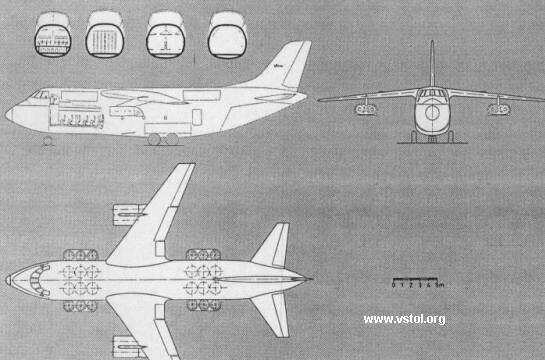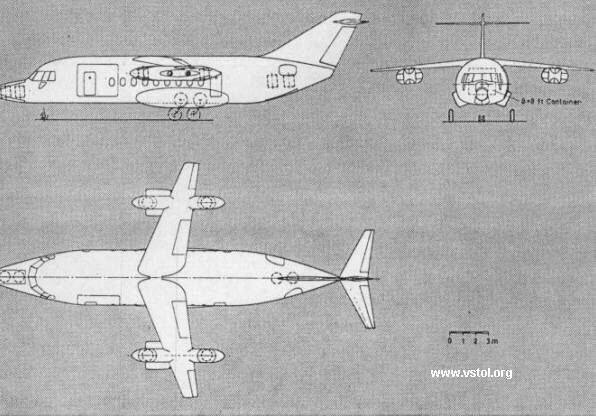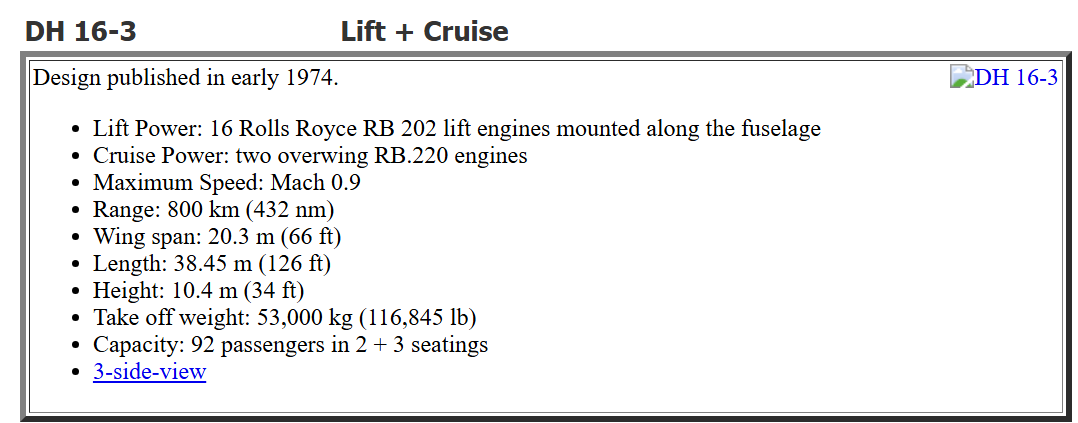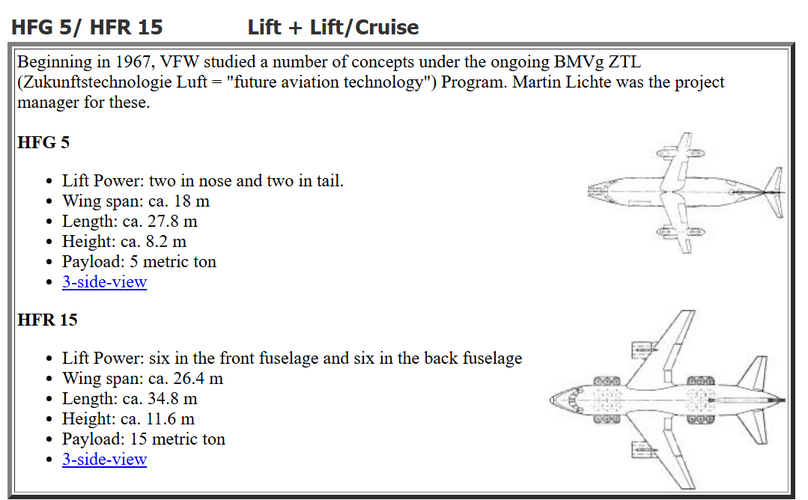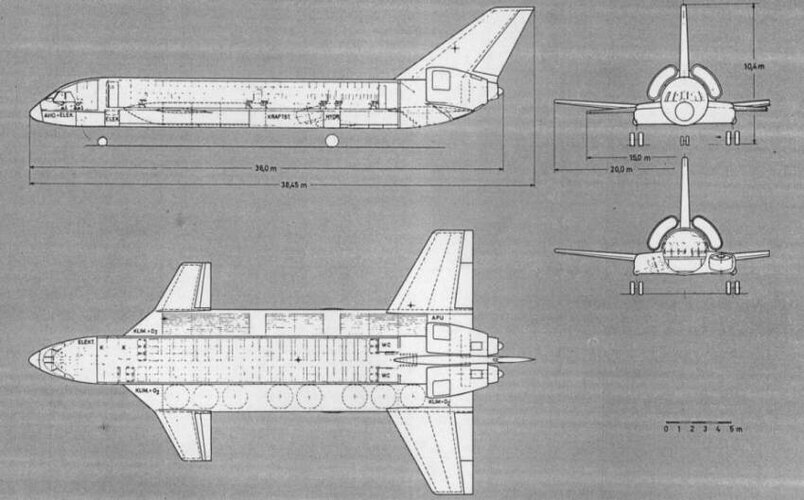- Joined
- 26 May 2006
- Messages
- 34,897
- Reaction score
- 15,760
Vereinigte Flugtechnische Werke,
The company was formed by the 1964 merger of two German aerospace firms,
Focke-Wulf and Weser Flugzeugbau GmbH (Weserflug). The formation of VFW
was a natural outcome, as the two companies had been collaborating, along with
Hamburger Flugzeugbau (HFB), in the rocket technology development alliance
Entwicklungsring Nord (ERNO) group since 1961, the move was seen as a natural fit.
Such collaborative efforts continued throughout VFW's operating years, not just through
ERNO but also with the Dutch aircraft producer Fokker, who formed a joint venture with
the firm, VFW-Fokker GmbH, during 1969 to promote.
I will talk about them later,and they are generally;
FK.3,C-160,C-161,H.1 to H.9,HFG 5,HER 15,DH 16-3,DH 16-4,DF-16,TH 16,FSW,
SG-1262,T-291,AFS,VC-180,VC-181,VAK-191,VC-200,VC-300,VC-400,VC-500,VFW-505,VFW-614,VFW-616,VFW-624,QSH,VTOL, Strake-Delta,RPV,VF-500,Eurocopter & P.58.
The company was formed by the 1964 merger of two German aerospace firms,
Focke-Wulf and Weser Flugzeugbau GmbH (Weserflug). The formation of VFW
was a natural outcome, as the two companies had been collaborating, along with
Hamburger Flugzeugbau (HFB), in the rocket technology development alliance
Entwicklungsring Nord (ERNO) group since 1961, the move was seen as a natural fit.
Such collaborative efforts continued throughout VFW's operating years, not just through
ERNO but also with the Dutch aircraft producer Fokker, who formed a joint venture with
the firm, VFW-Fokker GmbH, during 1969 to promote.
I will talk about them later,and they are generally;
FK.3,C-160,C-161,H.1 to H.9,HFG 5,HER 15,DH 16-3,DH 16-4,DF-16,TH 16,FSW,
SG-1262,T-291,AFS,VC-180,VC-181,VAK-191,VC-200,VC-300,VC-400,VC-500,VFW-505,VFW-614,VFW-616,VFW-624,QSH,VTOL, Strake-Delta,RPV,VF-500,Eurocopter & P.58.



